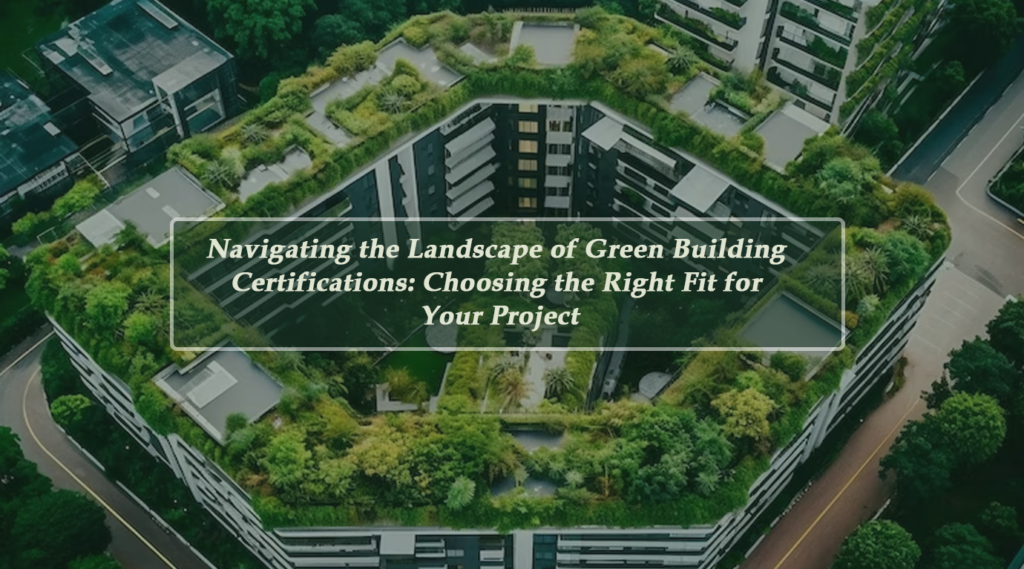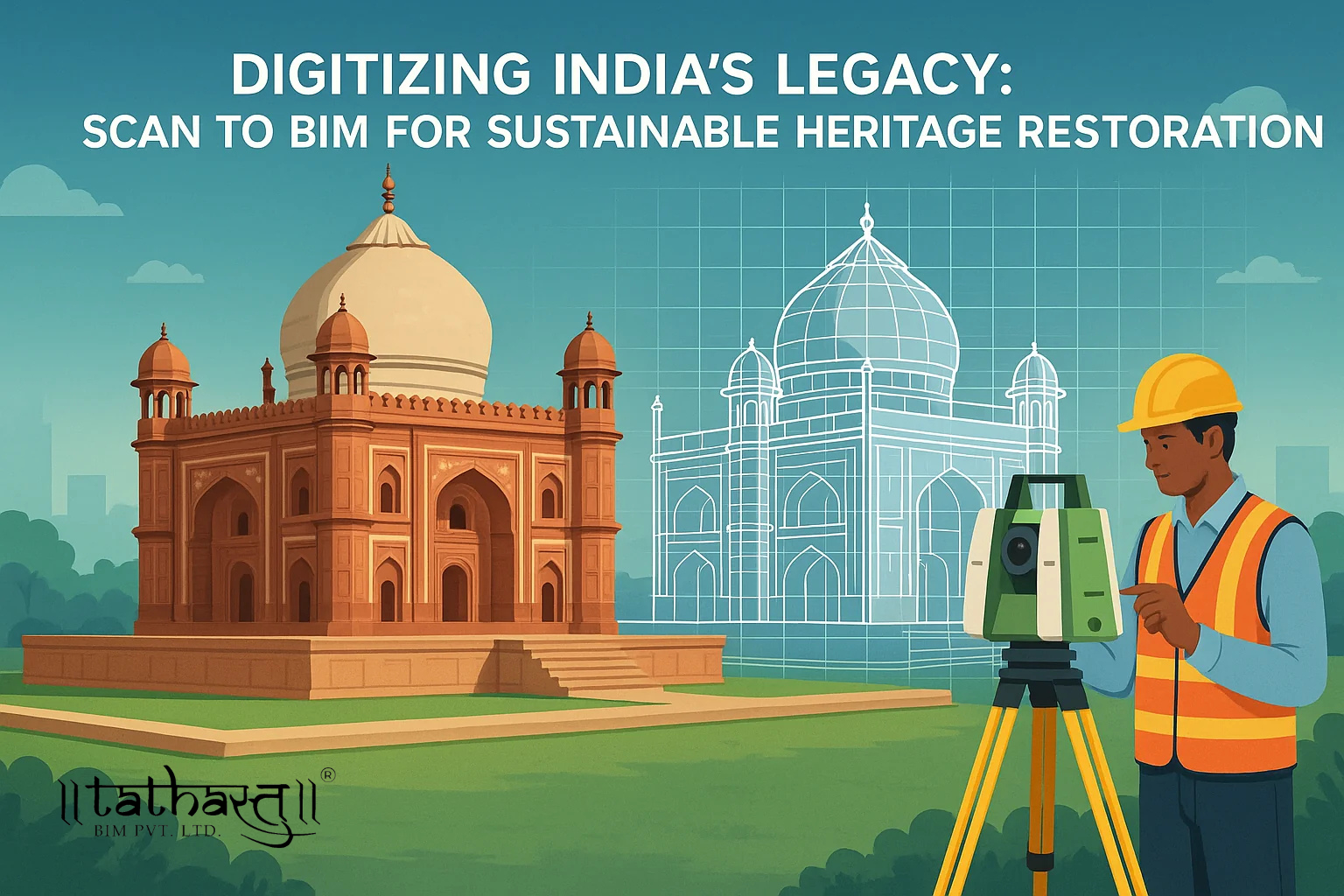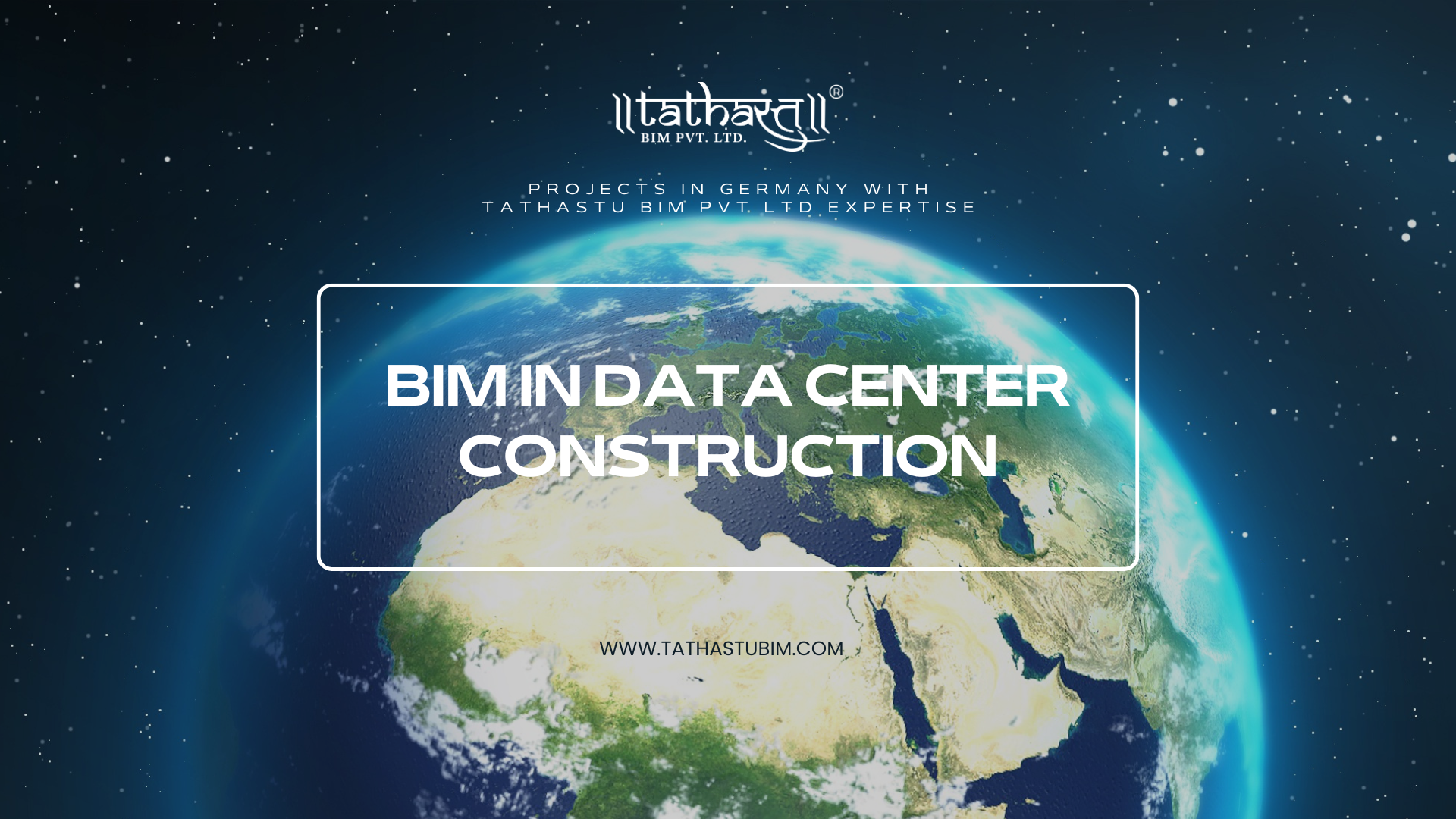


Navigating the Landscape of Green Building Certifications: Choosing the Right Fit for Your Project
Are you ready to make a positive impact on the environment and revolutionize your construction project? Green building certifications are here to guide you towards sustainable practices, but with an abundance of options available, choosing the right fit can be overwhelming. Fear not! In this blog post, we’ll navigate through the expansive landscape of green building certifications, equipping you with the knowledge and confidence to select the perfect certification for your unique project. So buckle up as we embark on a journey towards creating greener spaces that will leave both Mother Nature and future generations in awe!
Introduction to Green Building Certifications
Green building certifications are third-party verified ratings systems that measure a building’s performance in relation to specific environmental criteria. They provide a comprehensive way to measure a building’s sustainability and can be used to communicate this information to the public.
There are many green building certification systems available, each with its own strengths and weaknesses. When considering which system is right for your project, it is important to first consider your project’s goals and objectives. Some systems are more rigorous than others, and some may be more appropriate for certain types of projects.
The most common green building certification systems are LEED, BREEAM, Green Star, Living Building Challenge, WELL Building Standard, and Passivhaus. Each system has its own unique set of criteria that buildings must meet in order to achieve certification.
LEED (Leadership in Energy and Environmental Design) is one of the most well-known green building certification systems. It was developed by the U.S. Green Building Council (USGBC) and provides a points-based rating system that assesses a buildings performance in several key areas, including energy efficiency, water conservation, indoor air quality, and materials selection. Buildings can achieve certified, silver, gold, or platinum levels of LEED certification depending on the number of points they earn.
BREEAM (Building Research Establishment Environmental Assessment Method) is a UK-based green building certification system that assesses a broad range of
Overview of LEED and BREEAM Certification Criteria
LEED and BREEAM are the two most popular green building certifications, but they have different approaches and focus on different aspects of sustainability. So, which one is right for your project?
To help you decide, we’ve put together an overview of the LEED and BREEAM certification criteria.
LEED: Leadership in Energy and Environmental Design
LEED is a voluntary rating system developed by the U.S. Green Building Council (USGBC) to assess the environmental performance of buildings. It focuses on six key areas: energy efficiency, water conservation, materials and resources, indoor air quality, location and transportation, and waste management.
There are four levels of LEED certification: certified, silver, gold, and platinum. To achieve certification, a building must earn a certain number of points based on its performance in each category. The higher the level of certification, the more points a building must earn.
BREEAM: Building Research Establishment Environmental Assessment Methodology
BREEAM is a similar rating system to LEED, developed by the Building Research Establishment (BRE) in the UK. Like LEED, it assesses environmental performance in several categories, including energy use, water use, waste management, transport emissions, materials used, and indoor air quality. However, it also includes criteria for landscape design and ecology. There are three levels of BREEAM certification:passive house standard good practice , Code for Sustainable
Regional Regulations & Local Standards
When it comes to green building certifications, there is no one-size-fits-all solution. The most appropriate certification for your project will depend on a number of factors, including its location, size, and type. In this article, we’ll take a closer look at some of the most popular green building certifications and how they might fit into your project.
Leadership in Energy and Environmental Design (LEED) is perhaps the best-known green building certification. LEED projects are independently verified by third-party organizations to ensure that they meet strict standards for energy efficiency, water conservation, and indoor air quality. LEED certification is available for new construction, existing buildings, and homes.
The Living Building Challenge (LBC) is another comprehensive certification that goes beyond simple energy efficiency to consider the entire lifecycle of a building. To achieve Living Building Challenge Certification, a project must meet a number of “Petals” including site Petal (for example, using renewable energy), water Petal (for example, harvesting rainwater), equity Petal (for example, providing affordable housing), and health & happiness Petal (for example, providing access to nature). Like LEED, LBC certification is available for new construction, existing buildings, and homes.
The WELL Building Standard™ focuses exclusively on occupant health and wellbeing. WELL features 107 different design strategies organized around seven concepts: air, water, nourishment, light, fitness , comfort
Benefits & Considerations of Achieving Certification
When it comes to voluntary green building certifications, there are many factors to consider in order to select the right fit for your project. This can be a daunting task, as there are dozens of different programs available, each with their own advantages and disadvantages. However, the benefits of achieving certification often outweigh the costs and considerations involved. Here are some key benefits to keep in mind:
Of course, there are also some important considerations to keep in mind before pursuing certification for your project. The most important is probably the cost – both upfront costs for things like third-party verification and ongoing costs associated with meeting the requirements of the program. There is also the time commitment involved in pursuing certification; depending on the program, it can take months or even years to complete the process. It’s important to make sure that your team is on board with pursuing certification; if they’re not bought
Common Challenges in Obtaining Certification
There are a variety of green building certifications available, each with their own specific requirements and guidelines. With so many options, it can be difficult to determine which certification is the best fit for your project.
One of the most common challenges in obtaining certification is ensuring that all members of the project team are aware of the requirements and are committed to meeting them. The certification process can be very time-consuming and costly, so it is important to make sure that everyone involved is on board from the beginning.
Another challenge is staying up to date with the latest changes to the certification standards. The requirements for each certification are constantly evolving, so it is important to keep abreast of the latest developments. Failure to do so could result in your project not meeting the requirements and losing its certified status.
Obtaining green building certification can be a complex and lengthy process. It is important to have a clear understanding of all the steps involved before embarking on the journey. Working with a professional consultant who specializes in green building certifications can help simplify the process and increase your chances of success.
Sustainable Design Principles for AEC Projects
Life Cycle Assessment: The benefits of a green building certification should extend throughout the entire life cycle of the project – from design and construction through to operation and maintenance. Consider how the certification will impact not only the environment but also the occupants of the building over its lifetime.
Cradle-to-Cradle Design: A truly sustainable certification program takes into account the entire lifecycle of materials used in the project. Look for programs that consider factors such as resource extraction, manufacturing, transportation, installation, use, reuse, recycling, and disposal when awarding points or certifications.
Whole Building Performance: To be truly effective, a green building certification must take a holistic approach that considers all aspects of the project – including energy efficiency, water conservation, indoor air quality, and more. Make sure the program you select evaluates all aspects of sustainability equally.
Innovation: The best green building certifications are always evolving to stay ahead of the curve on sustainability trends and technologies. When choosing a program, look for one that encourages innovation and LEED v4 was recently
Case Studies of Successful LEED and BREEAM Certified Buildings
There are many different green building certifications available, and it can be difficult to decide which one is right for your project. LEED and BREEAM are two of the most popular green building certification programs, and both have a proven track record of success.
Case studies of successful LEED and BREEAM certified buildings show that these programs can have a positive impact on a variety of factors, including energy efficiency, water consumption, indoor air quality, and more. In addition, LEED and BREEAM certified buildings often have lower operating costs than non-certified buildings, making them a wise investment for any business or organization.
If you’re looking for a green building certification that will help your project meet its goals, LEED and BREEAM are both excellent choices.
Conclusion
Green building certifications are an important part of the current landscape in building construction, and they can be critical for meeting LEED certification requirements. In order to choose the right green building certification that best suits your project’s needs, you must take into account both government regulations and market demands. Understanding each type of green building certification will help you better evaluate which options make sense for your unique project. It is essential to do your research before undertaking a new project so you can ensure quality construction processes and sustainable outcomes.
Popular Posts





